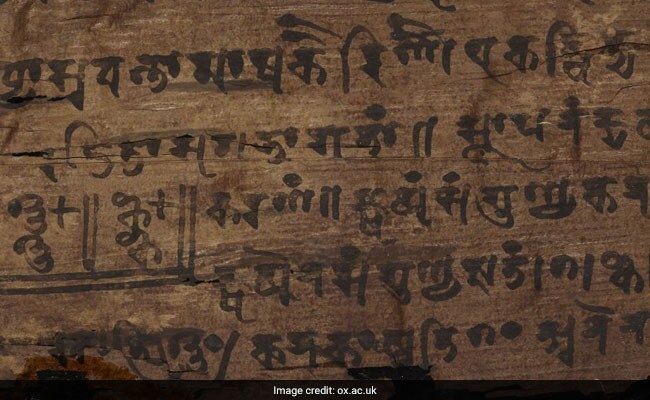
London Exhibition To Showcase Indian Science Over Centuries
New Delhi:
A new exhibition at the Science Museum in London is celebrating the long tradition of scientific thought in India, from the ancient past to the present day. The exhibition, named "Illuminating India: 5000 years of science and innovation" opens on Wednesday for public. The exhibition is a part of the UK-India Year of Culture celebration this year. The exhibition will throw light on India's expertise in observation, calculation and innovation and will emphasise the importance of science in India as a way of understanding the world and creating a better society.
Matt Kimberley, who is the head of content for the exhibition at the museum, talking about the exhibition said, "The significance of India's contributions to the history of science, technology, engineering and mathematics cannot be overstated."
He said that from the birth of the mathematical concept of zero over 1,500 years ago to the modern lifesaving medical technologies which are the brainchild of the principles of 'jugaad', India and Indians have played a huge part in framing the narrative of the history of science across the world.
The exhibition would tell stories of scientific innovations spread across 5,000 years and include feats of civil engineering achieved by the Indus Valley Civilisation to the present day interplanetary expeditions of the Indian Space Research Organisation (ISRO).
The exhibition will also celebrate India's achievements such as the Great Trigonometrical Survey, which established the precise curvature of the earth or the important discoveries in astronomy and solar physics courtesy the country's high mountains and clear skies.
"It is incredible. The Bakhshali manuscript [an Indian mathematical text written on birch bark that was found in 1881] is on display among some of the most priceless objects that highlight Indian scientific achievements," said Dinesh K Patnaik, India's Deputy High Commissioner to the UK.
He said that the Indian High Commission was working to bring the exhibition to India and give Indians the opportunity to interact and appreciate the rare objects on display.
The exhibition will be open till March next year and sheds light on some lesser known information such as how the Mughal emperors conserved nature in the 16th century, how 20th century mathematical genius Srinivasa Ramanujan revolutionised mathematics, and how ISRO sent a camera to Mars for less than the cost of the Hollywood film 'Gravity'.
The exhibition is showcasing objects which have been loaned from various organization, some making their way out of India for the first time.
(With Inputs from PTI)
Click here for more Education News
Matt Kimberley, who is the head of content for the exhibition at the museum, talking about the exhibition said, "The significance of India's contributions to the history of science, technology, engineering and mathematics cannot be overstated."
He said that from the birth of the mathematical concept of zero over 1,500 years ago to the modern lifesaving medical technologies which are the brainchild of the principles of 'jugaad', India and Indians have played a huge part in framing the narrative of the history of science across the world.
The exhibition would tell stories of scientific innovations spread across 5,000 years and include feats of civil engineering achieved by the Indus Valley Civilisation to the present day interplanetary expeditions of the Indian Space Research Organisation (ISRO).
The exhibition will also celebrate India's achievements such as the Great Trigonometrical Survey, which established the precise curvature of the earth or the important discoveries in astronomy and solar physics courtesy the country's high mountains and clear skies.
"It is incredible. The Bakhshali manuscript [an Indian mathematical text written on birch bark that was found in 1881] is on display among some of the most priceless objects that highlight Indian scientific achievements," said Dinesh K Patnaik, India's Deputy High Commissioner to the UK.
He said that the Indian High Commission was working to bring the exhibition to India and give Indians the opportunity to interact and appreciate the rare objects on display.
The exhibition will be open till March next year and sheds light on some lesser known information such as how the Mughal emperors conserved nature in the 16th century, how 20th century mathematical genius Srinivasa Ramanujan revolutionised mathematics, and how ISRO sent a camera to Mars for less than the cost of the Hollywood film 'Gravity'.
The exhibition is showcasing objects which have been loaned from various organization, some making their way out of India for the first time.
(With Inputs from PTI)
Click here for more Education News
